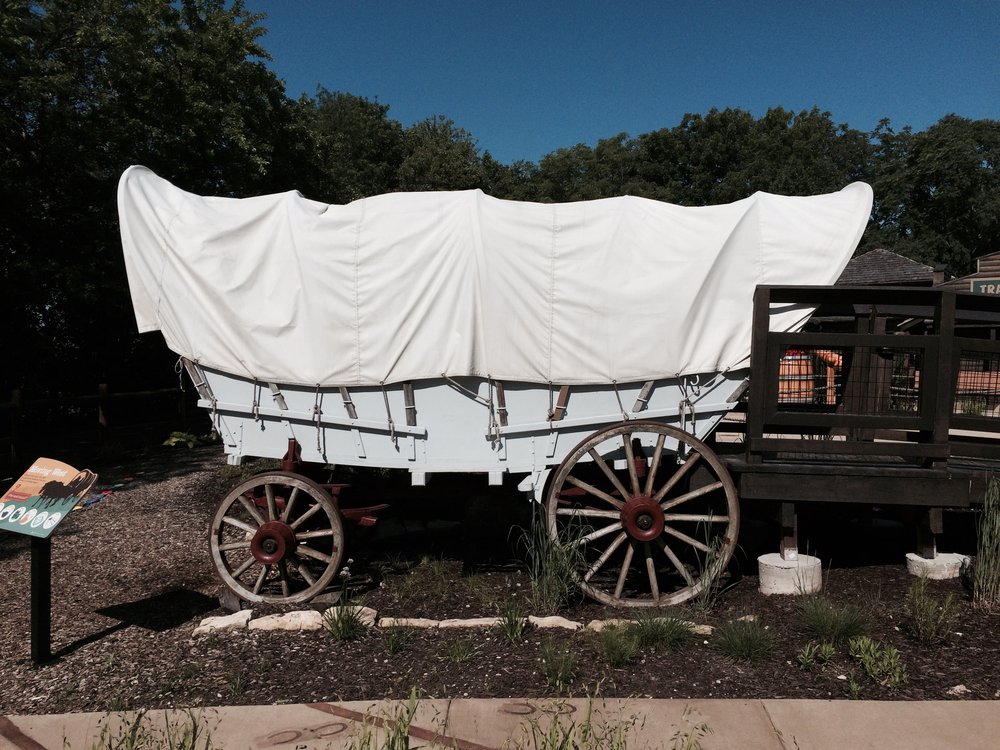
As settlers moved west, they encountered a vast landscape of billowy wild grass—nothing like the dense hardwood forests of their homes back east or in Europe. As one settler described, “It rolled on forever, like the back of some huge animal that might get up and run.” Jeffrey Skibins, from the Morton Arboretum, tells us more about this unique landscape:
“Typically, you would see grasses growing anywhere from six to ten feet tall. There are reports of people being lost on horseback within the height of the plants. So when the settlers came out west to Illinois they discovered a sharp contrast in the landscape. Prairies in Illinois depend upon fire for their survival. It’s basically nature’s way of pruning the plants back and allowing the prairie to regenerate and grow to that massive height every year. Once they were able to get into the prairie, though, they discovered the richness of the soil. So the settlers got here and they stopped the fires very quickly. Once you stopped the native fires from occurring and then you started plowing up the plants and putting in your crop plants, you were able to quickly eliminate the prairie.”
By the turn of the 20th century, approximately 90% of the prairie had been lost as it was plowed into valuable cropland. The prairie is being restored in many areas, as it is here at Naper Settlement around the Conestoga Wagon and Fort Payne. Jeffrey Skibins: “Once you have your site established for the creation of the prairie itself, the first thing you want to do is remove as much of the exotic material as possible. And by that I mean plants that don’t naturally occur in Illinois. And so you want to remove as much competition as possible so that those plants can get themselves established and begin self-seeding. As endangered as the rainforests are, the prairies are several times more endangered simply because of the lack of native prairie left. There is still native rainforest left in South America and Africa. There is very little native prairie left in the Midwestern states and that makes it much more in danger than the rainforests. Prairies do not occur anywhere else but North America, and Illinois was one of the largest patches of prairies around.”